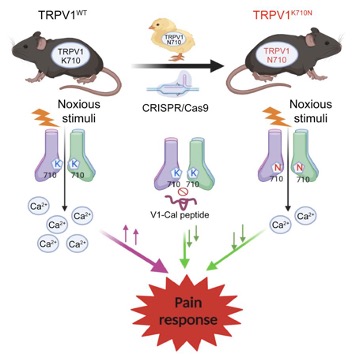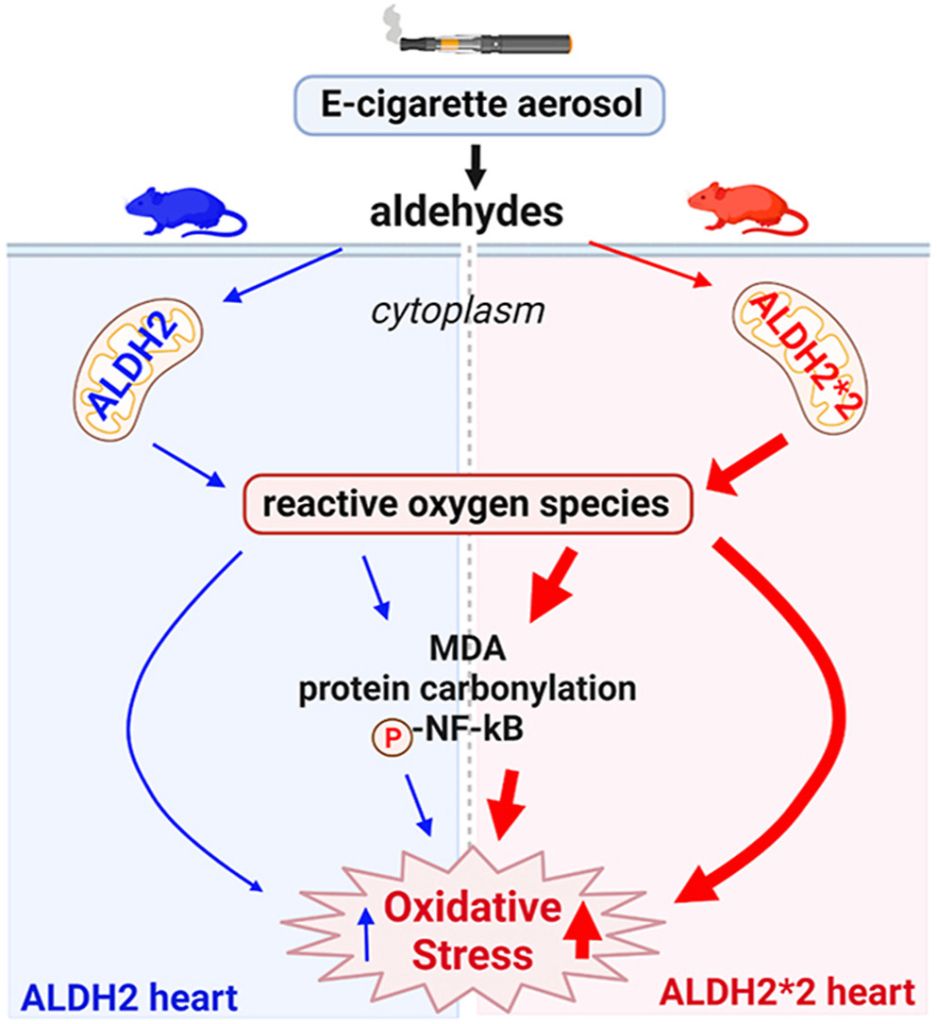Research
Treatments for Pain

Part of our lab is developing novel analgesics to treat pain. We hope these strategies may replace prescribing opioids to treat pain.
One focus is on developing a peptide to limit protein interactions with TRPV1 to limit acute and chronic pain:
We discovered a C-terminus region of TRPV1 that regulates the channel response to noxious stimuli. We then developed a peptide targeting this region which is effective in limiting acute and chronic pain in rodents.
This research was published in Journal of Clinical Investigation.
- A human TRPV1 genetic variant within the channel gating domain regulates pain sensitivity in rodents
Also see the accompanying editorial and Stanford Press release:
We continue to work on developing this peptide which can be used as a novel means to treat pain.
Anesthetic Mechanisms

One of the biggest mysteries within neuroscience is understanding how general anesthesia works. It is amazing that 40 million people each year in the United States receive anesthesia without a clear mechanism established.
In our lab, we are studying the alcohol metabolism pathway in order to better our understanding of anesthetic mechanisms.
Organ Injury

We have a long-standing interest in organ injury research, particularly the heart, lung and brain. We are presently interested in how aldehyde exposure from sources such as e-cigarettes or alcohol may impact organ injury, including perioperative organ injury.
Also in collaboration with the Joseph Wu laboratory, it is becoming clearer that the ALDH2 enzyme contributes an important role in regulating vascular inflammation.
This research was published in Science Translational Medicine:
Our recent findings describe how rodents with an ALDH2*2 variant (that causes inefficient aldehyde metabolism) lead to increased levels of oxidative stress within the heart when ALDH2*2 rodents are exposed to e-cigarette aerosol.
This research was published in Redox Biology:
